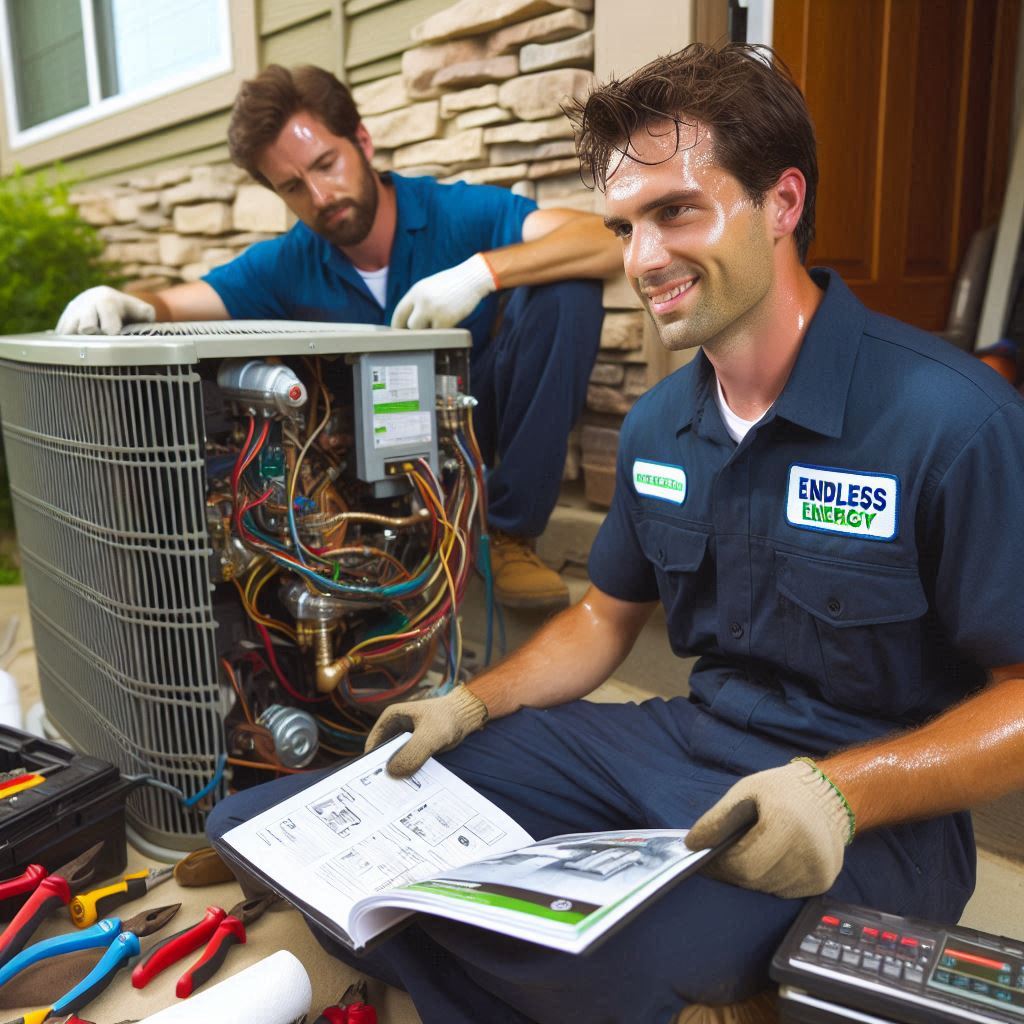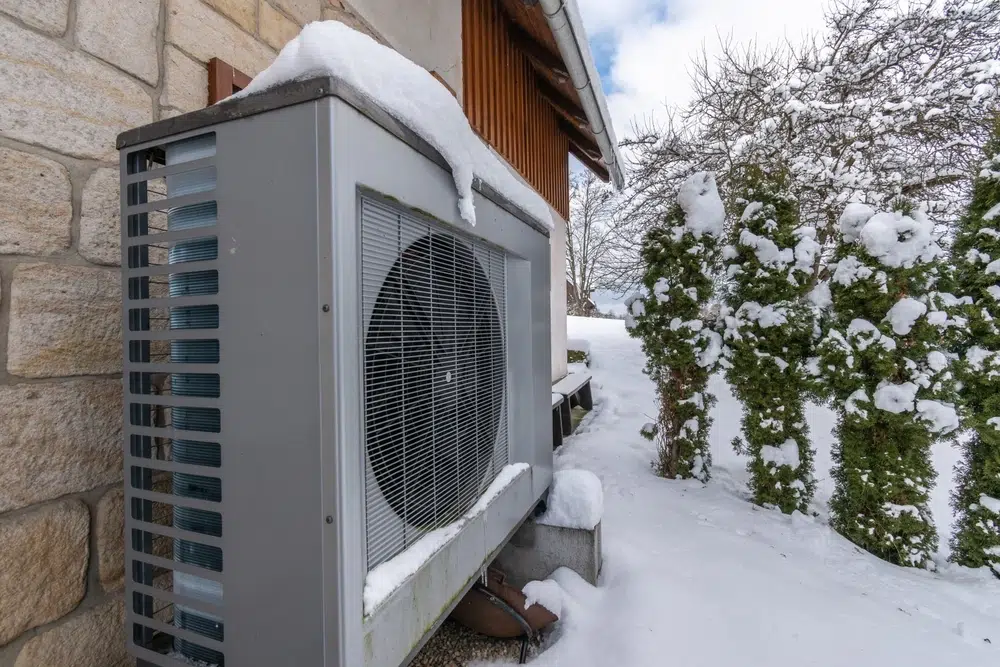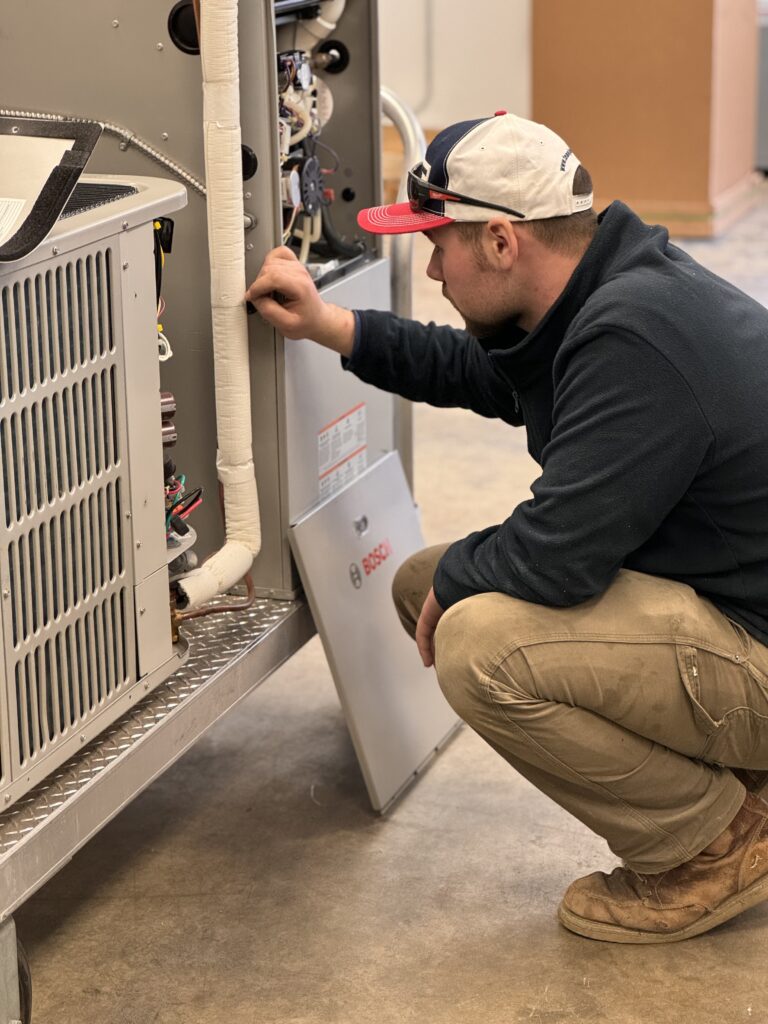What Kind of Time Does It Typically Take to Fix an Air Conditioning Unit?
Fixing an air conditioning unit typically takes between 30 minutes to 8 hours. Simple issues, like changing a clogged filter or replacing a fuse, are resolved quickly. More intricate problems, such as refrigerant leaks or compressor failures, require more time. Parts availability and the technician’s experience also influence repair duration. If parts are readily available and the technician is experienced, repairs are faster. Seasonal timing affects scheduling; during off-peak times, technicians have better availability. Understanding these factors can help you anticipate repair times and costs. Learn more about what impacts these timeframes and how to guarantee a quicker fix.
Size of the AC Unit
Selecting the correct size of the AC unit is essential to ensure efficient cooling and energy consumption. If you choose a unit that’s too small, it won’t adequately cool your space, leading to constant overworking and higher energy bills. Conversely, a unit that’s too large will cycle on and off too frequently, reducing its efficiency and lifespan. To determine the right size, consider the square footage of the area you need to cool, the climate, and your home’s insulation quality.
Unit efficiency is directly linked to its size. An appropriately sized AC unit runs more efficiently, providing consistent cooling without undue strain on its components. This efficiency translates into lower operational costs and a lesser environmental impact.
To maintain this efficiency, regular upkeep is indispensable. Some maintenance tips include cleaning or replacing filters every 1-3 months, checking for refrigerant leaks, and ensuring the coils are free of dust and debris.
Proper maintenance not only keeps the unit running smoothly but also extends its lifespan, preventing premature breakdowns. Remember, a well-maintained, correctly sized AC unit is both energy-efficient and cost-effective.
Issue Complexity
Understanding the complexity of potential issues with your air conditioning unit is essential for effective troubleshooting and repair. Different problems can have a significant impact on repair timeframes and costs. Simple issues like a clogged filter or a blown fuse can be resolved quickly, often within an hour. However, more severe problems, such as a refrigerant leak or a faulty compressor, require detailed diagnosis and extended repair time.
Let’s break down some common issues and their typical repair timeframes:
| Issue | Typical Repair Timeframe |
|---|---|
| Clogged Filter | 30 minutes to 1 hour |
| Blown Fuse | 1 to 2 hours |
| Refrigerant Leak | 2 to 4 hours |
| Faulty Compressor | 4 to 8 hours |
Problem severity is a critical factor in determining how long a repair will take. Minor issues often lead to quicker fixes, while major problems necessitate longer timeframes. For instance, diagnosing and fixing a refrigerant leak involves locating the leak, repairing it, and recharging the system, which is far more time-consuming than replacing a clogged filter. By understanding the complexity of the issue, you can better anticipate how long it might take to restore your AC unit to its best functionality.
Parts Availability
The availability of replacement parts can greatly impact the repair timeline of your air conditioning unit. If parts are readily accessible, repairs can often be completed quickly, minimizing both downtime and inconvenience. However, if parts are backordered or discontinued, it can significantly prolong the repair time.
Here are three key factors to bear in mind regarding parts availability:
- Manufacturer Stock Levels: If the manufacturer has abundant stock of the required parts, the repair process will be swifter. Conversely, low stock levels can result in delays.
- Local Supplier Inventory: Local suppliers play a vital role in swift repairs. If they carry the parts you need, it reduces wait times. If not, you may need to order them, extending the timeline.
- Compatibility Issues: For older units, finding fitting parts can be demanding. This can lead to increased repair costs as specialized parts might need to be sourced.
When contemplating DIY repairs or seeking professional help, remember that service warranties often require certified technicians to perform the work. While DIY repairs might seem cost-effective, they could void your service warranties and potentially escalate repair costs in the long run.

Technician’s Experience
A technician’s expertise plays a critical role in the efficiency and quality of your air conditioning unit’s repair. When you hire a seasoned technician, you’re not just getting someone who knows their way around tools; you’re getting a professional adept in advanced repair techniques and effective customer interaction.
Experienced technicians can quickly diagnose issues and implement the most efficient solutions, minimizing downtime. Their familiarity with different models and brands allows them to identify problems that less seasoned technicians might miss. This knowledge guarantees that repairs are not only done swiftly but also correctly, reducing the probability of future issues.
Here’s a quick comparison to help you understand the impact of a technician’s experience:
| Category | Experienced Technician | Inexperienced Technician |
|---|---|---|
| Diagnosis Speed | Fast and accurate | Slower, may require multiple checks |
| Repair Techniques | Advanced and efficient | Basic, often trial and error |
| Customer Interaction | Professional and informative | Potentially less communicative |
| Likelihood of Rework | Low | Higher |
Seasonal Timing and Schedules
Often, scheduling your air conditioning unit’s maintenance during off-peak seasons can save you both time and money. During these periods, technicians usually have greater appointment availability, allowing you to secure a slot that fits your schedule.
Additionally, you’re less likely to face long wait times compared to peak summer months when emergency repairs dominate their workload.
Here’s why you should consider off-peak scheduling for routine maintenance:
- Greater Appointment Availability: Technicians are less swamped with emergency repairs, making it easier to find a convenient time for your appointment.
- Reduced Costs: Many service providers offer discounts during off-peak hours to encourage customers to book maintenance services when demand is low.
- Improved Service Quality: With fewer emergencies to handle, technicians can spend more time and attention on your unit, ensuring thorough and effective maintenance.






